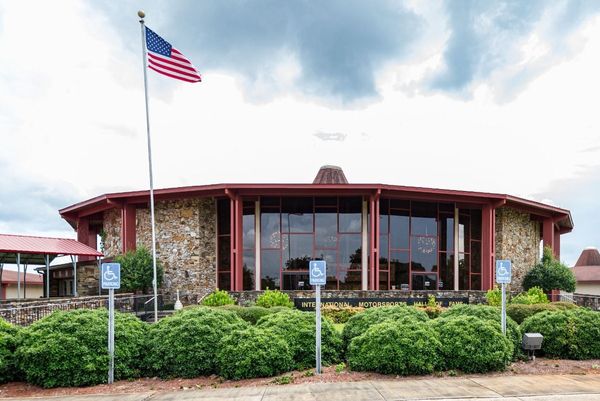To my surprise, I didn’t get any death threats after my recent column on how animal agriculture may be one way to mitigate climate change. In fact, even the folks who disagreed were extremely pleasant. Some questions did arise, however.
Regarding the methane (greenhouse gas) emissions from ruminants such as cattle, sheep and goats, Don W. in Oregon asks, “So where does the carbon that animals exude come from?“
According to the Clarity and Leadership for Environmental Awareness and Research Center at the University of California, Davis, ruminant animals are part of a natural “biogenic carbon cycle,” a process that involves living organisms.
Simply put (I hope), carbon resides in plants in the form of carbohydrates, which are made of carbon, hydrogen and oxygen. Ruminant animals are vegetarians, so they get their energy from carbohydrates in plants. As they digest the carbs, some of the carbon and hydrogen (aka methane) is belched (and pooped) out.
The methane that goes into the atmosphere is converted into carbon dioxide, a mixture of carbon and oxygen. Plants use carbon dioxide along with sunlight and water to make carbohydrates. And so the cycle goes.
Jeff M. from Santa Cruz sent this comment: “It is a weak argument to make it out that grazing animals are somehow a way to combat climate change, when overall the raising of them is unsustainable, especially with an overpopulated world.”
When it comes to feeding our growing world, I would suggest we don’t cut off our nose to spite our face. It’s certainly true that we need more sustainable systems in every sector of food production. But as I’ve studied the issue, I have come to appreciate that sustainable systems do exist between soil, plants and animals.
In fact, up to this point, humankind has existed through our close relationship with the environment. Upset the balance of any system and we’re all in trouble. (Look what happened when the American buffalo, which provided food, shelter and clothing to Indigenous Americans, was decimated by hunters.)
In our modern world, a mere 2% of the United States population works diligently to feed the other 98% of us. To stay in business, farmers and ranchers continue to seek safer and more sustainable ways to care for their crops and livestock.
You may want to read a recent article published by the Food and Health Organization of the United Nations titled "Better livestock production improves family well-being and acts against climate change in Uruguay: How climate-smart practices are providing better incomes and a more resilient environment."
Lastly, reader Don W. directed me to two companies he works with that promote “soil health + plant health + animal health.” We’d be smart to treat each of these precious resources with care.







